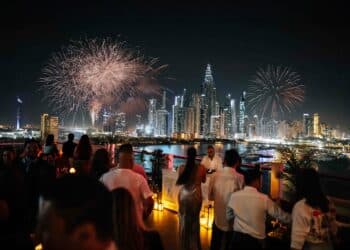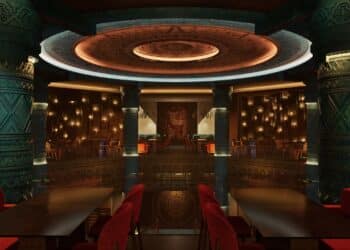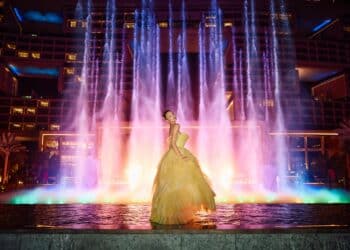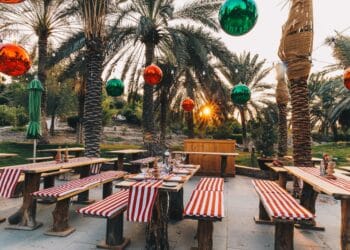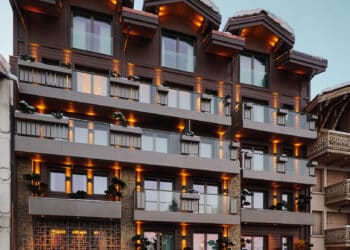Catering News goes behind the scenes with Food Art Concept’s Caroline Ismail to find out what it takes to create a picture perfect dish
Every marketer working in the hospitality industry knows the importance of good imagery today, as online booking platforms and review sites become the number one source of information for potential customers. And while restaurants often do well to showcase their interiors, some could do better to make their food offer look as good as it tastes, particularly with the rise of delivery sites such as Deliveroo, which use just one image of a menu item to encapsulate an entire restaurant, meaning that if the potential customer doesn’t like the look of that dish, they will scroll on to a competitor. Caroline Ismail, food stylist and founder of Food Art Concept, which operates in Dubai and Beirut, understands the importance of imagery well, having started her career in the hotel industry.
“It’s all about social media; every business out there that wants to survive has a Facebook and Instagram page. We create food moments for the pleasure of your eyes because you eat with your eyes first. As technology advances the more time-restricted the consumer is. If your food is more or less as good as your neighbour, what will be the differentiating factor? The way you present your website, the way you keep entertaining your clients. When we do this amazing food photography, every picture can be used as a standalone tactical promotion,” she asserts.
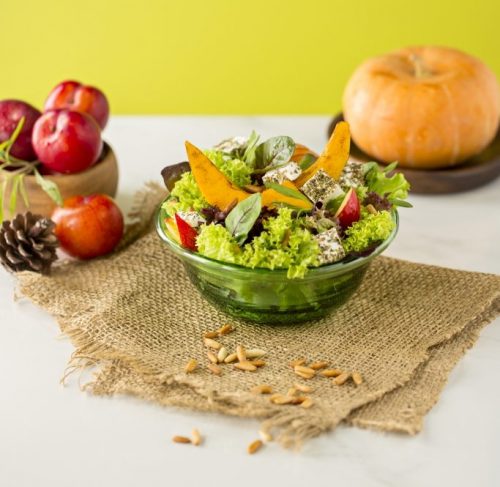
Half Romanian, half Lebanese, Ismail studied hotel marketing in La Rochelle, France, before moving to Dubai to take on the role of PR coordinator at Sheraton Dubai Creek. She became intrigued by the hotel’s monthly food photoshoots, but it wasn’t the photography itself that captured her imagination: it was the behind-the-scenes work that went on prior to and during the photoshoots. “I always looked forward to those shoots; there was a lot of creativity involved so you’d see it and think ‘this is me – I contributed to this!”
Having parents that were interested in food and table set-up is a factor Ismail attributes to her interest in food styling. “We had flowers on the table, the napkins and table cloths would be looked at in detail… I was raised with this mentality of making the table look ‘wow’ before we sat down,” she says.
Ismail set up Food Art Concept in January 2015. Wearing her ‘Food Art Concept by Caro’ apron during our interview in the BNC Publishing office, she holds six cherry tomatoes on a spatula, blowtorching them to create a barbequed effect. Next to her is a tool box with several weird and wonderful objects, including micro fine tweezers, pins, paint brushes and various sprays, which she refers to as her ‘secret ingredients’. Ismail explains that food photography is actually much more intricate than the naked eye gives it credit for, with salad leaves held together by pins, fruit and vegetables sprayed with special ingredients to create a dewy effect, and cotton wool used to prop elements of a dish into the right position.
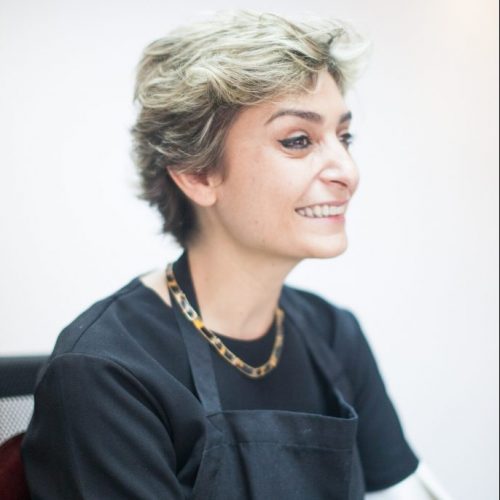
And aside from the physical challenges of setting up a shoot, there is the education of every party involved on the importance of food styling. Even if one person in a business understands the value of having a food stylist on board to ensure everything on a plate is picture-perfect, Ismail admits there is usually someone that just doesn’t get it ̶ and it can be particularly tough to get the chef on board.
“Sometimes chefs feel you are stepping on their toes but then you have some of them who are more open. You have to educate them and tell them you’re not trying to take credit for their job, that you’re here to help them enhance their work,” she says.
A lot of preparation is required prior to the shoot and Ismail normally meets with the agency, the client and the chef prior to a shoot to ensure everyone is on the same page. The chef then sends over the components of the dish, so that Ismail can then go out and buy the freshest ingredients with the best colour, shape and size for the shoot. However, this is another hurdle to explain to some chefs, who prefer to use their own selection of ingredients.
“They’ll often come back and say they’ll buy it for me but the point is that I know which ones will look good in a picture and which will be bulky,” she explains.
The plating of the dish is also required, which can often be a challenge for takeaway restaurants that don’t necessarily have a set plating. In these instances, Ismail asks the chef to come up with a plating, or she offers to do it herself. Either way, plating must be decided in advance of the shoot as there is never time for it on the day.
She also advises clients not to over-promise in their photographs. “In the picture it should be exactly what [the guest] gets in terms of quantities and items,” she warns. While some clients aren’t sure what items to have shot, Ismail recommends the best- and worst-sellers, and to avoid anything obvious, such as lentil soup, which nearly always looks the same.
Surprisingly, burgers and sandwiches are the most complex dishes to get right, with one to two hours of prep needed prior to the shoot.
“It’s about complexity and layers. You can’t just put a skoosh of mayonnaise on it and shoot. You have to dehydrate the bun to make it waterproof. Sometimes you’ll have a batch of 30 and you’ll have to choose the best one.”
The bun is dehydrated using a car spray before the edges are cleaned up. The burger patty is then molded into the perfect circular shape, using meat that is undercooked and then painted with a glaze to get it to the right shade.
“If it’s too dark you have to throw it out and start again so that’s why I always ask the chef not to overcook it,” she says.
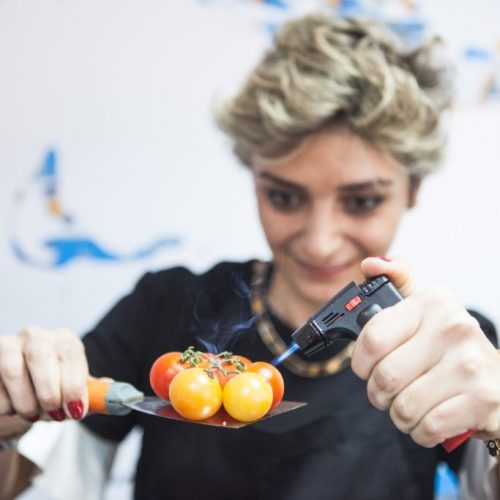
Once the patty is in place, the tomatoes come next, followed by the cheese, which is melted on the side and then inserted into the bun right before the shoot. The sauces are placed on right at the end and instead of using real sauce, Ismail uses a secret ingredient mixed with mayonnaise or ketchup to make it stick there. She even uses white glue sometimes to create the semblance of mayonnaise. When assembling the burger, the salad is pinned together and the patty is pushed in from the back using sponges or pieces of cotton.
Understanding the angles and lighting is also very important for Ismail, for example, she will arrange lemons and other reflective objects such as cutlery to ensure they are furthest from the flash, and she works on her knees at the same level as the dish to give a 3D effect, since the camera shoots at a 45-degree angle. “Daylight doesn’t work because you can only shoot for two or three hours per day and you don’t have that amount of time. I don’t get involved in the photography though, I concentrate on what I’m best at.”
Still learning on the job every day, Ismail says that food styling is all about practice, and often she has to start all over again if she can’t get it right. She often refers back to the books that first taught her the art of her trade, written by Delores Cluster and Denise Vivado, the women she refers to as “the Gods of food styling”. And to further her education and consolidate her experience, Ismail last year travelled to New York City to be certified at the International Culinary Centre of New York as a food stylist.
“The more you practice and try, the better. If you try and it doesn’t work you put it to the side and start again and that’s the process that teaches you how to improve yourself,” she says.

